I've been doing SEO for the better part of a decade.
For as long as I can remember, Google has been at war with spam and other so-called “black-hat” SEO tactics.
Now, finally, we've come to a very interesting place.
For the first time, Google is winning.
The tide started to turn when Google rolled out its Panda update in February 2011. Twelve percent of sites were affected in that update. Content farms (private networks) in particular were hit extremely hard.
After Panda came Penguin, then Hummingbird, then Pigeon, not to mention dozens of smaller updates along the way.
Dozens of SEO tactics have been rendered useless by all the changes.
Keyword stuffing, article directories, spamming blog comments, all are now practically useless. Some tactics might even expose you to the dreaded manual Google penalty (or worse—deindexing).
If you don’t work in SEO daily, the constant changes are a huge source of uncertainty.
- What should you do?
- What should you not do?
- Should you even try SEO at all?
- Or is it too risky?
Have no fear. There are still many things you can do to safely improve your e-Commerce site's search results.
Also on TechWyse
10 Tips For Increasing Conversions On Your Ecommerce Site
How to Successfully Design an E-commerce Website [INFOGRAPHIC]
Here are 4 that I use every day for our clients.
1. Provide a Fantastic Website Experience
Did you know Google is watching what happens on your website?
It's true. High click-through rates, low bounce rates, and high time-on-site measurements correlate to higher search rankings.
What kinds of things can you do to improve those user signals? Here are 3 to try:
a. Let people contact you
I’m surprised by the number of eCommerce sites that don’t provide an easy way to get help. Think about it. If you’re on a website and you have a question, you want a way to contact a human being to get an answer. If it's difficult to find a contact form or a phone number, you won’t hang around trying to find a solution. You’ll just bounce.
We were able to increase overall web sales by 22% for USA Exterior by simply adding a phone number in their header.
Giving visitors the option to live chat or call support directly goes a long way in improving your customers' on-site experiences.
b. Optimize your website pages for speed
Fun stat: a 1-second delay can cause a 7% decrease in conversions on your website. Hard to believe, but it's true.
Here's how to find out if site speed is an issue for your site:
- Diagnose the speed of your site
I use Google PageSpeed Insights to find out the issues on a site. There are dozens of page speed testing tools, but I prefer the one made by Google.
Why? Because it's made by Google, of course. Google's tool is also one of the only ones without an upsell for services on the back end. This tells me their insights are coming from the right place!
- Fixing the issues
If Google says you've got a problem with load times, take their word for it. Personally, I have a team of developers I rely on to make complex upgrades to my sites. However, if you don't have a developer to call on, here are 2 simple solutions:- i. Hire someone.
- Once you've got the issues laid out by Google's Tool, find and communicate with a competent developer. I've hired a number of freelancers of sites like UpWork. Usually, we can get the job done for less than $200.
- ii. Migrate your website to a hosted platform.
- Ok, so maybe this isn't a simple solution, but it's worth it. If your website is built in HTML on a non-hosted platform, it's worth the effort to switch to a hosted solution like Shopify. Platforms have come a tremendous way in the last few years. They provide a better user experience, they have built-in SEO solutions to help you, and they load quickly and efficiently.
- i. Hire someone.
c. Create valuable product pages
Do yourself this favor: stop copying product descriptions word-for-word from your product manufacturer. Nike's pages are worth checking out to get an idea of the detailed content you can provide shoppers.
If you use the exact same language as other resellers on your product pages, it does you zero good for SEO. Instead, write your own content, and tailor it to the specific audience of people you're trying to sell to.
2. Follow Traditional SEO Best Practices
Spammy SEO techniques like keyword stuffing are all but dead, but quality on-site SEO is far from extinct.
Here are some things you can do to ensure search engines can effectively read the content on your site:
a. Screaming Frog audit
Go to the Screaming Frog site, download the software, run it, and learn.
It will show you a pile of data about your website and usually a whole bunch of stuff to fix immediately. It’s free. There’s no excuse not to do this!
ii. URL structure
I like shorter URLs. Try to use the main keyword (the one with the highest search volume) as the URL, like this:
Yes, it’s true that when you use long URLs you can rank better for long tail searches. However, Google’s a lot smarter now. It’s now looking to match the intent of the person performing the search, rather than the keywords themselves.
Long story short: shorter URLs work better now. They give Google more room to match intent.
iii. Page titles
Also known as the “title tag.” If you have a hosted website, somewhere there should be a way to add a title to every page you create. That’s what we mean by “page title.”
In browsers, it shows up in the tab description. Moz calls this “one of the most important on-page SEO elements.” I agree. Make sure your main keyword is included somewhere in that title.
iv. Parent-child folder relationships
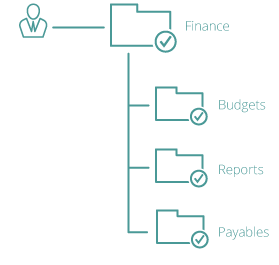
Not to get too technical, but in the website files it’s also creating parent folders, with child folders. The more cleanly organized your folder structure, the easier it will be for Google to see what’s important on your site. If you’re not sure how to do this, bring in a developer to help.
3. Create and Promote Content
Yes, you sell products. But that doesn't mean you can't create valuable content that will attract future buyers to your store.
Videos, blog posts, microsites, and social media can all provide you with a way to connect with people who might one day become your customers.
Gary Vaynerchuck is a true pioneer of eCommerce content marketing. His YouTube series "Wine Library TV" landed him appearances on Oprah and Ellen (to name a few).
If you've never created content before, don't go crazy and try to do everything all at once. Instead, pick one strategy and see if you can make it work.
If you're comfortable making videos, do that. "Unboxing" videos are HUGELY popular and would be a great way to introduce people to your products. However, if you're not comfortable on camera, write a blog, or start a Pinterest inspiration board related to whatever you sell.
Whatever you're most comfortable with, start there. Later on, once you have an audience, you'll be able to move laterally into other mediums over time.
4. Build Quality Links
Yes, Google is devaluing the importance of links, but devaluing doesn't mean ignoring completely.
Links are still incredibly important, and you can't rank without them. It’s not 2009. You can't just spin a bunch of articles with links in them and dump them into article directories.
Link building in 2015 comes down to 2 things:
- Quality. By quality I do NOT mean high domain authority, Page Rank or trust flow—those metrics are all easily manipulated and don't directly correlate to high search engine rankings. Quality means something much simpler: a website that creates quality content and works hard to promote it.
- Relevancy. By this, I simply mean websites that create content that's already related to your brand and the products you sell.
There's one golden rule I follow: if the link will drive traffic, it will drive rankings.
To get links, I look in 3 places:
i. Blogger outreach
Don't just cold email someone and ask for links. That's annoying, not to mention rude. Instead, find bloggers who have audiences that overlap with the people who buy your products. Then, get active on those blogs. Leave comments. Interact with other commenters and the blog owner. Give them information that will help them. That stuff is valuable and it doesn't go unnoticed.
Once you have some credibility, then you can approach the blogger about your products. One simple way is to send the blogger a sample and see if they'll do a review on their blog.
ii. Guest posting
Guest posting is taking blogger outreach to the next level. Here you offer to create a full, custom-written article for the blogger. As with blogger outreach, I wouldn't recommend starting with a cold email asking to contribute content. There are plenty of spammers out there looking to publish a crappy article on someone else's blog just for a link.
Do your networking. Get to know the blogger and the community. When it's time to ask for a guest post, send a completed outline or even a completed article for their review. This will be way more than most people provide, and it's much more likely that you'll get a positive response.
iii. Manufacturer outreach
Another option for eCommerce site owners is to network with whoever makes what you sell. Many manufacturers have a "where to buy" directory on their sites, which you could ask to be included in. Or if they have a blog or other content marketing outpost, you could provide a guest post, just as you would for another blogger in your market.
Conclusion
SEO has changed dramatically in the past five years, but it isn't dead.
So even though Google has scared the shit out of webmasters lately, that doesn't mean you should stop trying to rank your sites.
If anything, it's more important that you do SEO the right way, because you can bet that whatever spammy tactics people come up with to rank their sites, Google will bring the hammer down eventually.
Don't be scared, but don't be stupid either. Keep your eyes on the long-term goal of Google: "Rewarding quality content."
Go in that direction, and you'll be fine, no matter what Google does in the future.
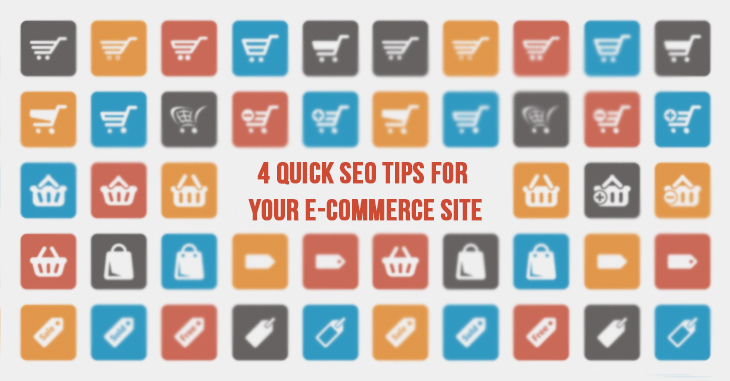
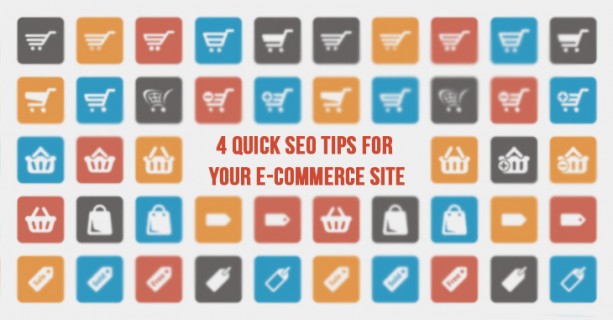

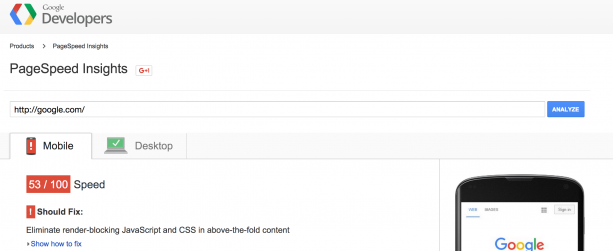





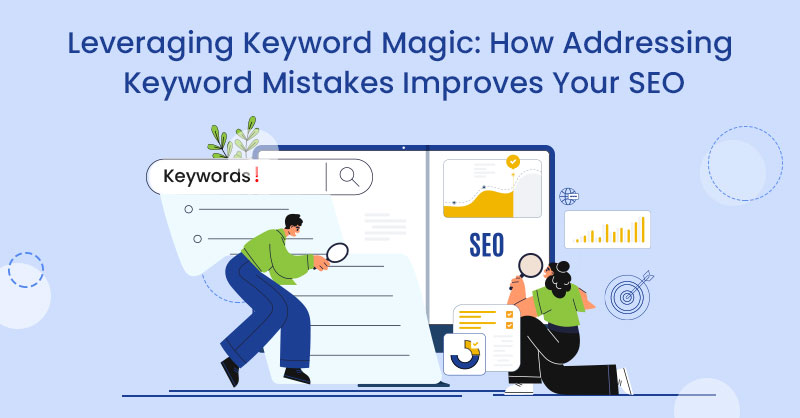



on
[…] Ecommerce website optimization is an important topic to discuss. Countless tactics have been tried out over the years, and some of them have withstood the test of time. In the remainder of this post, we’ll explore 7 tactics with a proven track record in boosting eCommerce SEO. […]